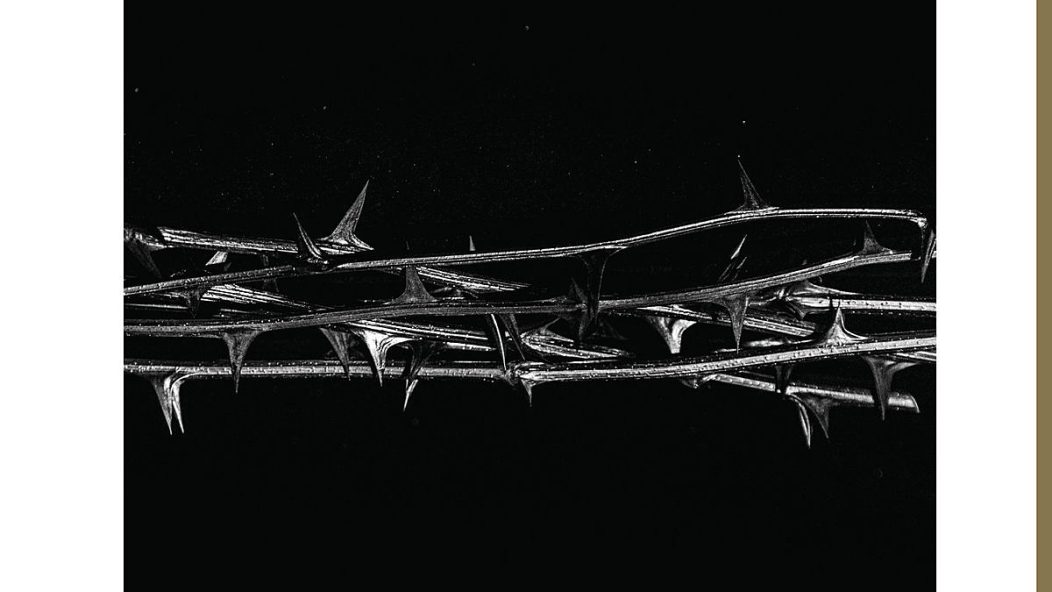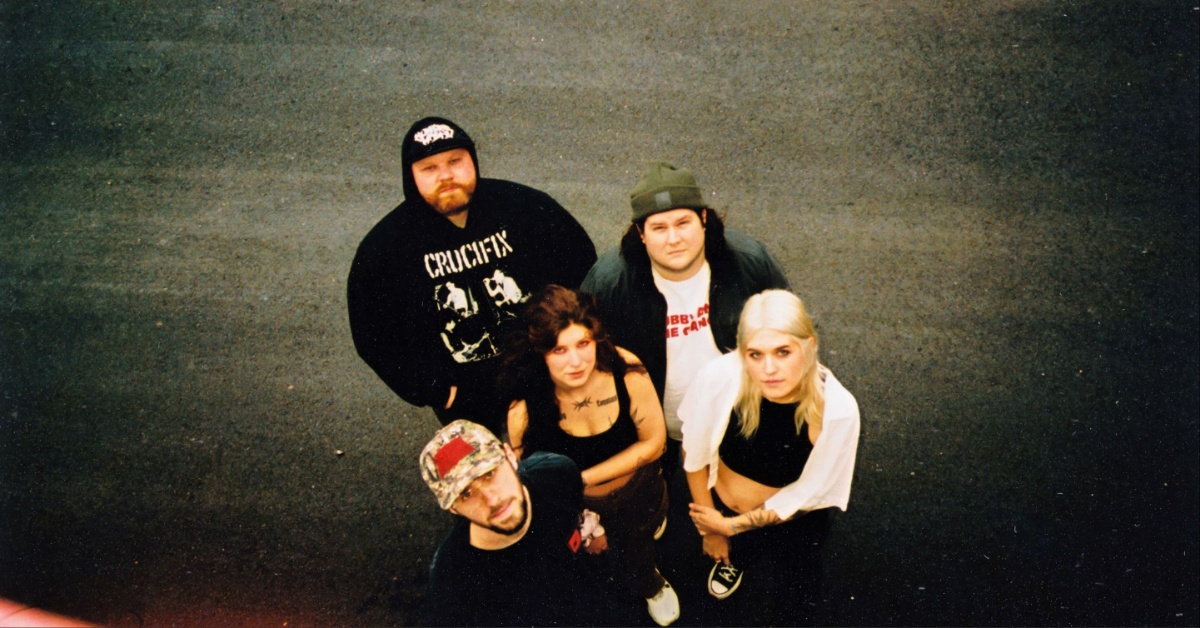
Amenra's "De Doorn" Impales Us (Review)
To quote an old adage—patience is a virtue. The use of musical patience and its corresponding dynamic lulls and builds of palpable tension can have remarkable, cathartic effects when correctly deployed. Patience allows for setting of mood, place, time, and space. It creates gaps and vents, which are dialed up or down like valves releasing pressure. Nothing good ever comes easily, to quote another aphorism. Amenra take this logic to its extreme endpoint on their latest album De Doorn — a five-track, forty-seven minute album that makes extraordinary use of quiet restraint and composure, in service of some astonishingly impactful explosions of anguish.
To quote the Brazilian novelist Paulo Coe—”Why is patience so important? Because it makes us pay attention”. The quiet depths of Amenra’s music aren’t just musical negative space. They exist in service of the doom and sludge sections, in the same way those parts are there to bolster the quiet, restrained sections. The pain and horror present in the howled vocals, obsidian guitars and glacial drums is brilliantly exaggerated by long stretches of ambient calm and spoken word interludes. They provide a counterpoint, using a drawn-out temporality to generate the ultimate attention-grabbing effect—hypnotic mesmerism.
…
…
In a recent interview with Invisible Oranges, Amenra frontman Colin H. van Eeckhout discussed how De Doorn’s five tracks were created as part of collaborative work, including a project with Indonesian artist Toni Kanwa Adikusumah. A sculpture was installed in an art centre in Ghent, and the public were invited to post messages of grief and grievances inside of it. After ten days the sculpture was cathartically burned while Amenra provided a musical accompaniment. This form of ceremonial ritual is as old as humanity, and is an event that relies on a degree of almost-transcendental hypnotism—a willingness to surrender our consciousness to some greater purpose, in this case the shared dissolution of grief and suffering.
Another way to describe this would be to say that Amenra’s musical language channels a form of religious shamanism. De Doorn’s lyrics are entirely performed in the band’s native Flemish, meaning, to the English-speaking listener, their effect derives from the incantatory austerity of the spoken-word sections and the sublime horror of the screamed sections. Inspecting the translated lyrics reveals consistently profound lyrics, including “Voor Immer”, an album highpoint that takes eight sorrow-filled minutes to detonate into a beautiful post-metal crescendo. Its lengthy lyrics reach for the eternal, and speak to a similar purpose as Amenra and Adikusumah’s installation—”forever on my own/for our sins we must atone/have faith/in happiness beyond”.
De Doorn treads a fine line between ecstasy and misery. Certain moments are truly harrowing—the murky, haunting ambience of “De Dood In Bloei”, the chiming guitars of “De Evenmens” that trudge like a thurible-led procession. Eeckhoust’s shrill scream is singular and punishing: he appears to be attempting to purge something, flagellating himself through his pained delivery. This is in keeping with Amenra’s almost medieval eschatology. Through channeling agony, grief and seemingly insurmountable strife, they reach a state of ecstasy. Opener “Ogentroost” makes this clear—”my bones broke/as I stood before you/broken/now awoken”.
De Doorn is designed as a singular experience. It’s impossible to comprehend it through pieces or snippets, it requires time, patience and attention. Fortunately, it also commands all of these with spectacular aplomb. It’s sometimes hard to look at, yet it’s always even harder to turn away from. The intensity never abates, even in its quieter, more patient stretches. The Belgian band whip up a ceremonial, religious-minded fever, one that reaps cathartic and heartfelt rewards. It’s no coincidence that Amenra’s broader collaborative collective is known as the Church Of Ra—this is heavy music with one foot in the transcendent.
—Tom Morgan
…
De Doorn released on June 25th via Relapse Records.
You can purchase a limited-edition translucent gold 2LP in our section of BrooklynVegan’s web shop.










